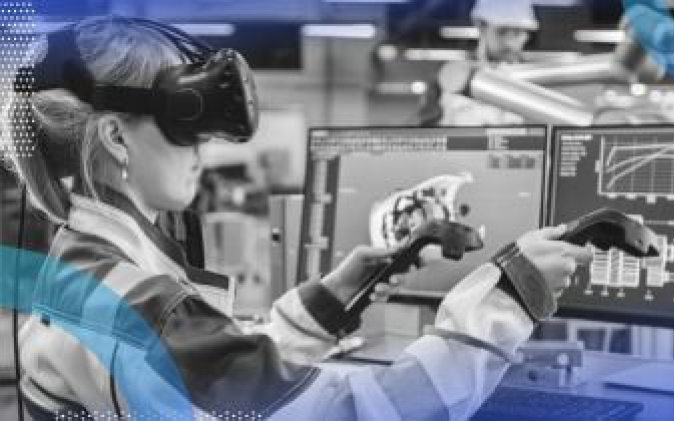Occupational industries such as construction and manufacturing are known for their physically demanding tasks.
Workers in these fields often face overexertion and strain, leading to musculoskeletal disorders (MSDs). These injuries not only cause significant pain and discomfort but can also result in long-term disability and, in severe cases, death.
The high incidence of MSDs highlights the urgent need for innovative solutions to protect workers and improve their quality of life. Addressing these challenges is crucial for maintaining a healthy and productive workforce.
An expert in robotics for the occupational industry, and doctoral student at Virginia Tech, Akinwale Okunola, dedicated his research to exploring the integration of advanced technologies to enhance worker safety and productivity.
Okunola’s work reveals that wearable robotics presents an innovative approach to addressing the physical challenges faced by workers. Unlike fully automated robots that replace human labour, wearable robotics are designed to augment human strength and endurance.
These devices can significantly reduce muscle fatigue and the risk of injury by providing support and assistance during physically demanding tasks. By integrating wearable robotics, industries can enhance worker safety and productivity without compromising human involvement. This technology, he said, represents a shift towards a more collaborative interaction between humans and machines, where the strengths of both are leveraged to achieve better outcomes.
According to Okunola, one of the primary benefits of wearable robotics is the reduction in muscle fatigue. These devices can alleviate the physical strain on workers, allowing them to perform tasks more efficiently and for longer periods. This not only improves productivity but also enhances worker well-being. Additionally, wearable robotics help prevent overexertion, a common cause of workplace injuries.
By providing mechanical support, he said, these devices reduce the likelihood of workers pushing their bodies beyond safe limits. Furthermore, wearable robotics can mitigate the risk of work-related musculoskeletal disorders by supporting proper posture and movement, thereby reducing the likelihood of injury.
Despite the numerous benefits, there are several barriers to the widespread adoption of wearable robotics in the occupational industry. One significant barrier is cost. The high cost of these devices can be prohibitive, especially for small and medium-sized enterprises.
Additionally, some wearable devices may cause discomfort or restrict movement, making them less appealing to workers. Biomechanical misalignment is another concern; improper alignment of wearable robotics can lead to biomechanical issues, potentially causing more harm than good. The added weight and bulk of wearable devices can also increase the risk of falls, particularly in environments with uneven terrain.
To overcome these barriers, several solutions can be considered. Developing wearable robotics tailored to the specific needs and challenges of each industry can enhance their effectiveness and adoption.
The adoption of wearable robotics in the occupational industry holds great promise for enhancing worker safety and productivity. While there are significant benefits, such as reducing muscle fatigue and preventing MSDs, there are also barriers that need to be addressed.
“By focusing on industry-specific solutions, reducing costs, and improving the design and usability of wearable devices, we can overcome these challenges and pave the way for a safer and more efficient workplace. The future of wearable robotics in the occupational industry is bright, and with continued research and development, we can unlock its full potential,” he pointed out.




